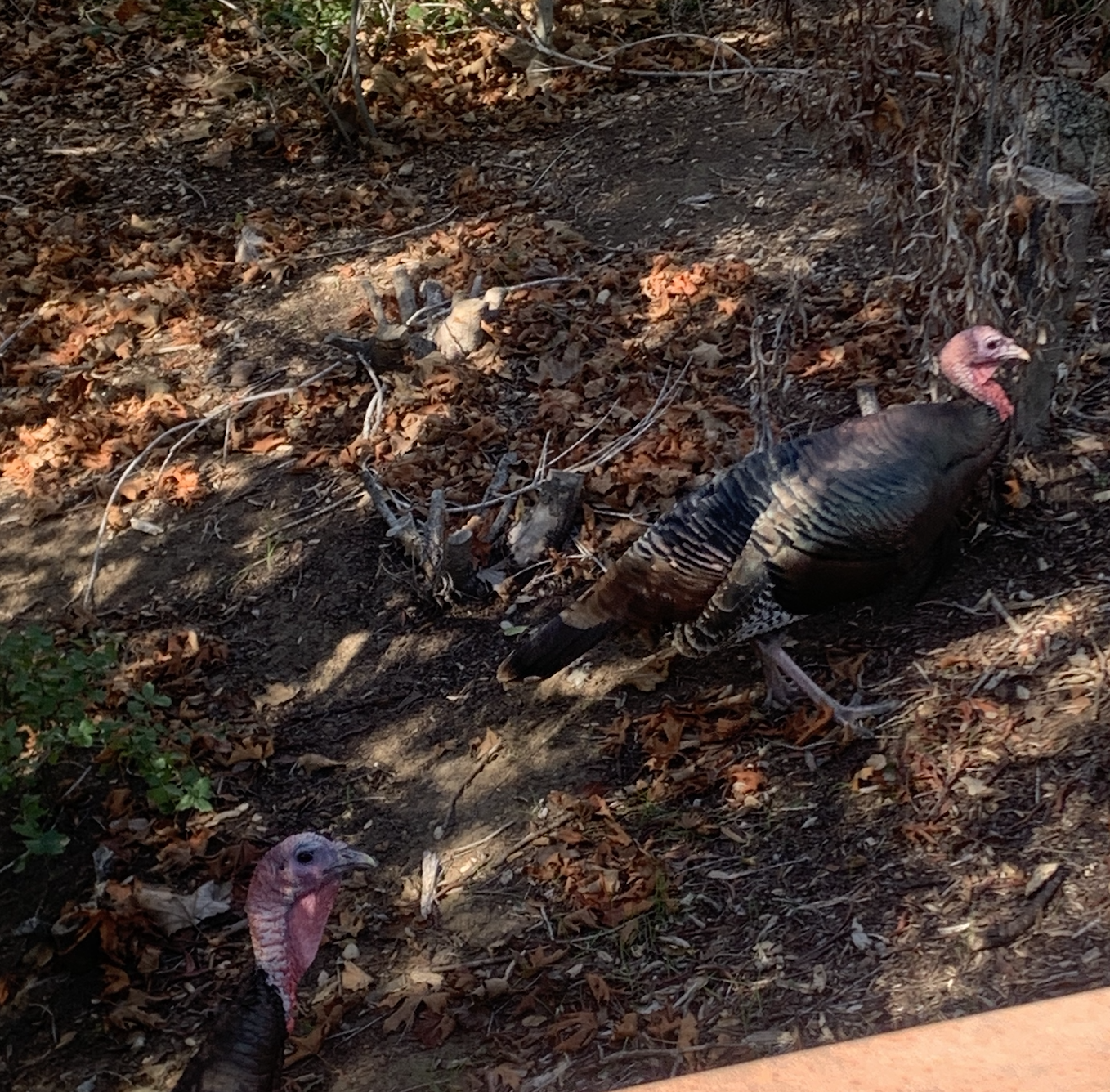Into the Wild

It was Naomi Phillips’s first day on campus, and instead of being greeted by other students, she was greeted by a swarm of turkeys. She was walking her bike up the steep Cerro Vista hill, carrying tons of bags, when she came across the wild birds.
“And they were behind me all of a sudden and sort… and like chasing me up the hill,” said Phillips. “And I was trying to run, but I mean I’m… super steep hill, have my bike, have all these bags, and I was like, ‘oh my god, what is happening?’”
She was lucky to have another person there that helped distract the turkeys away from her, but she wasn’t sure what to do if it happened again.
“And then I talked to my roommates about it, and they were saying that if that happens again, you should run in a zigzag the same way that you would do if there was a shooter or a crocodile behind you,” said Phillips.
At Cal Poly, there is more than just turkeys; there’s deer, raccoons, tarantulas, and even mountain lions farther up the mountain.
“Yeah. I think that, you know, it depends species by species, right? Some species react to different human behaviors differently,” said Tim Bean, an associate professor of biological sciences. “You know, giving them space is sort of the catchall, right? Like, don’t go too close. If you see them responding to you, then you probably are too close.”
When coming into contact with an animal, it’s vital to trust your own instincts. Interacting with animals peacefully is not a bad thing, but if you see an animal acting aggressively, maybe find an escape route.
“If they start, you know, if a raccoon starts bearing its teeth and making aggressive noises at you and starts running at you, then I would either try to physically defend yourself or run away as quickly as possible, right,” said Bean.

